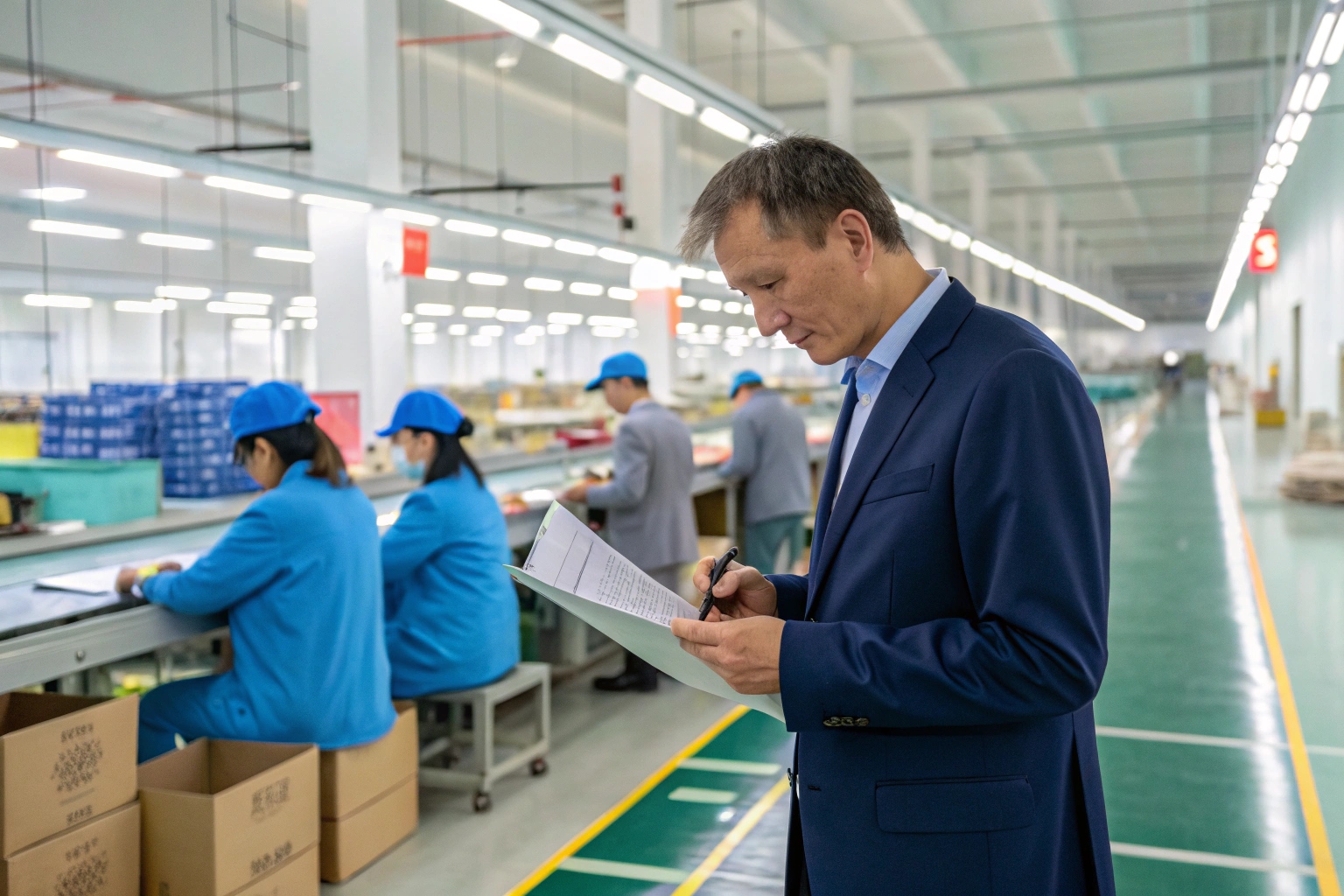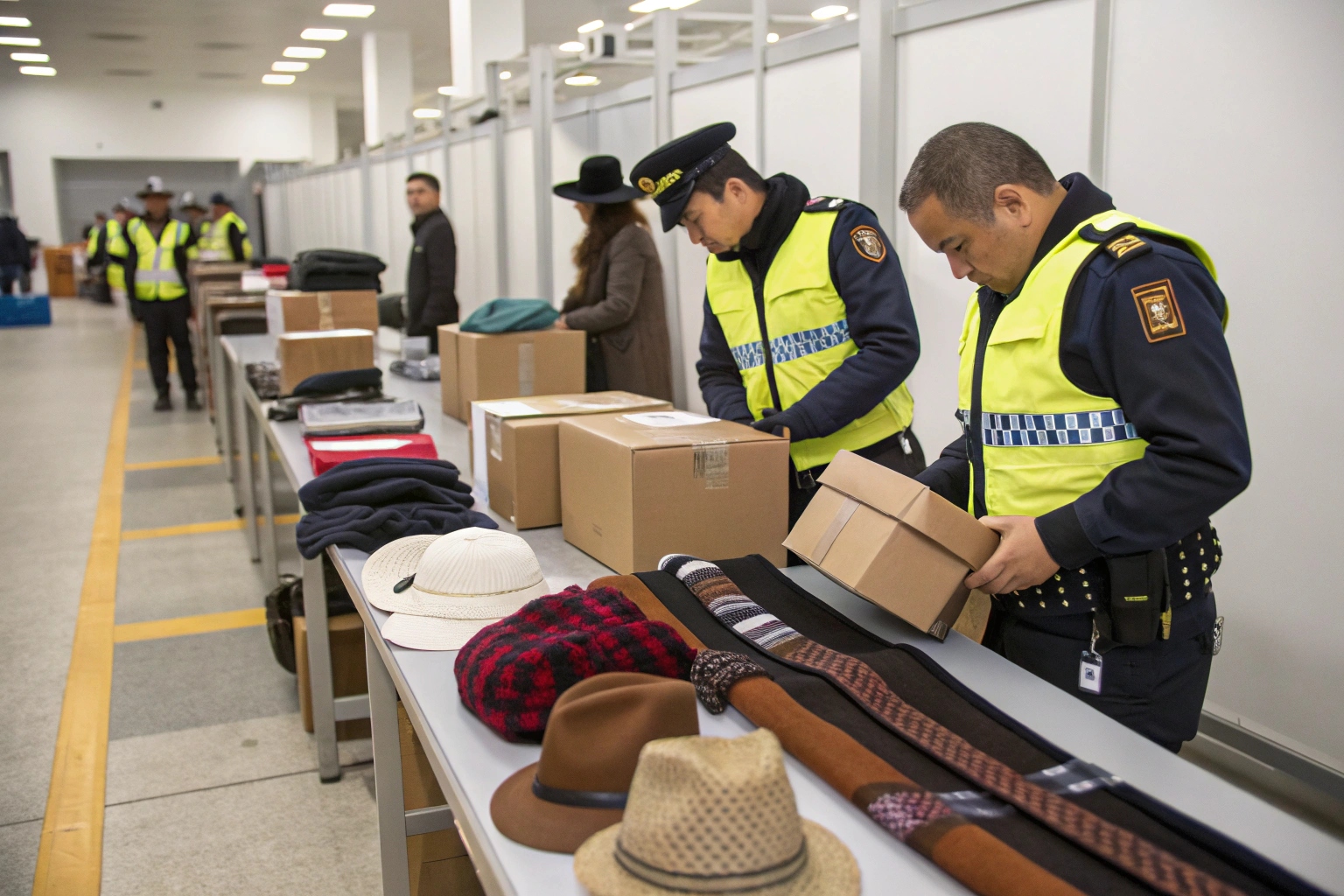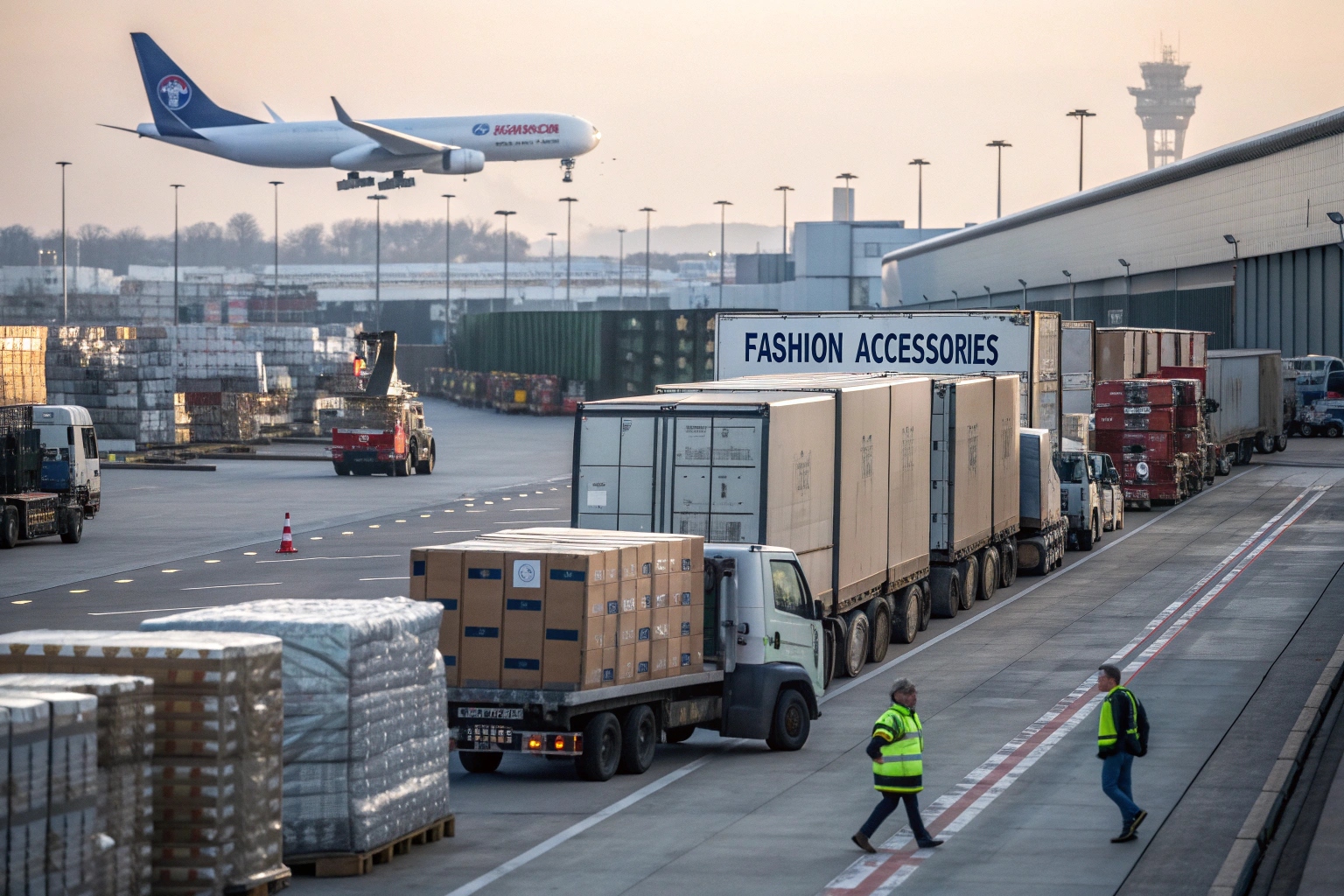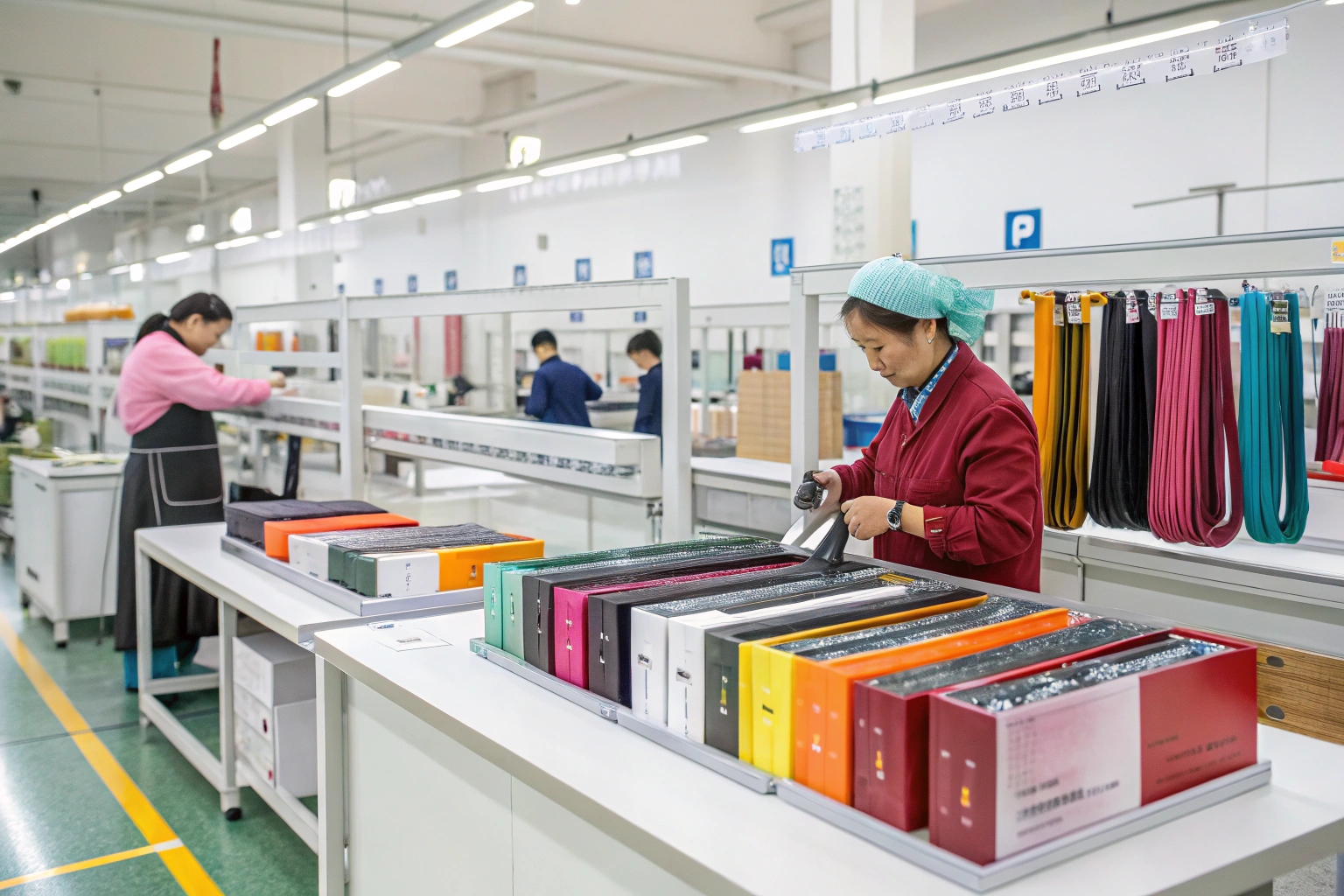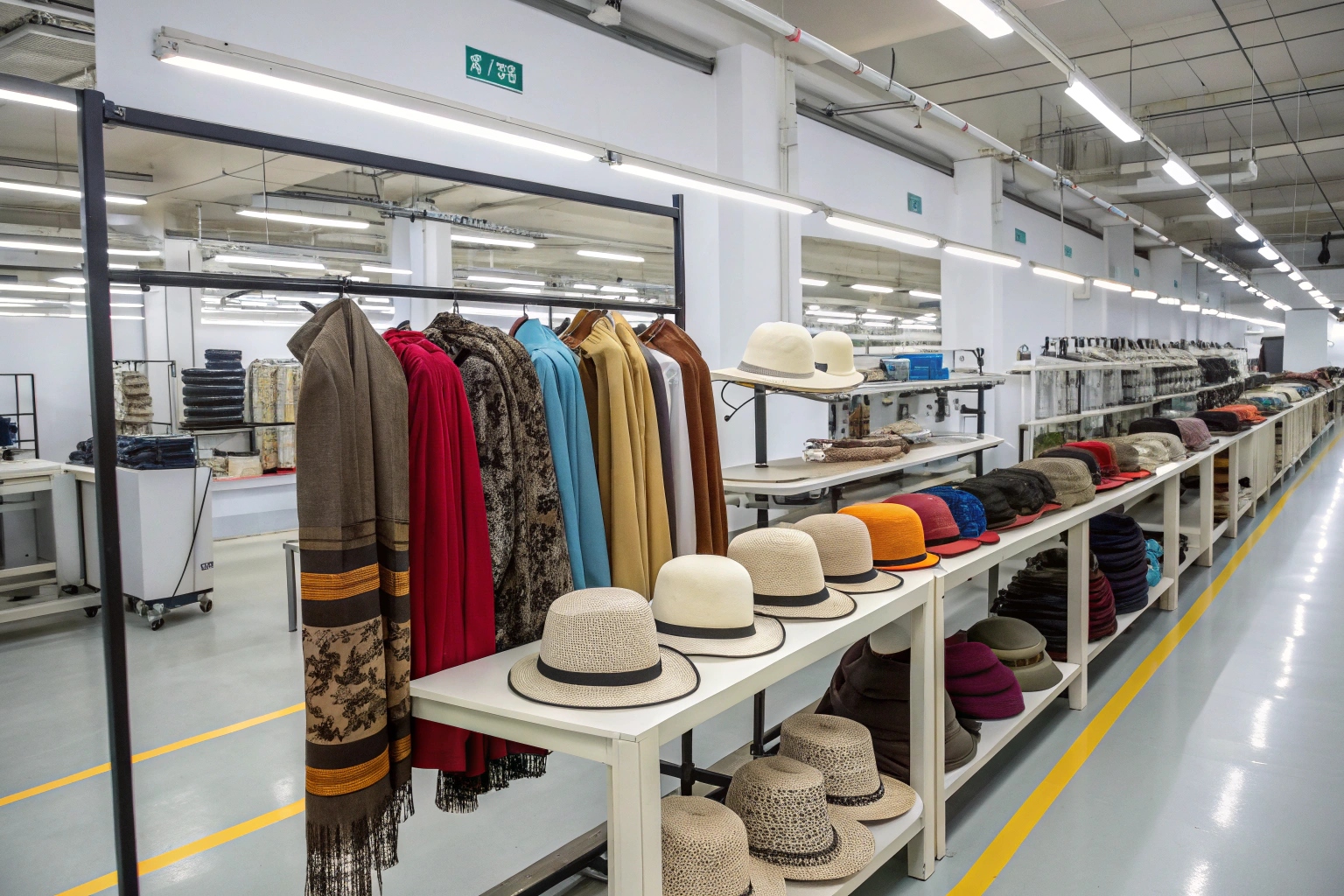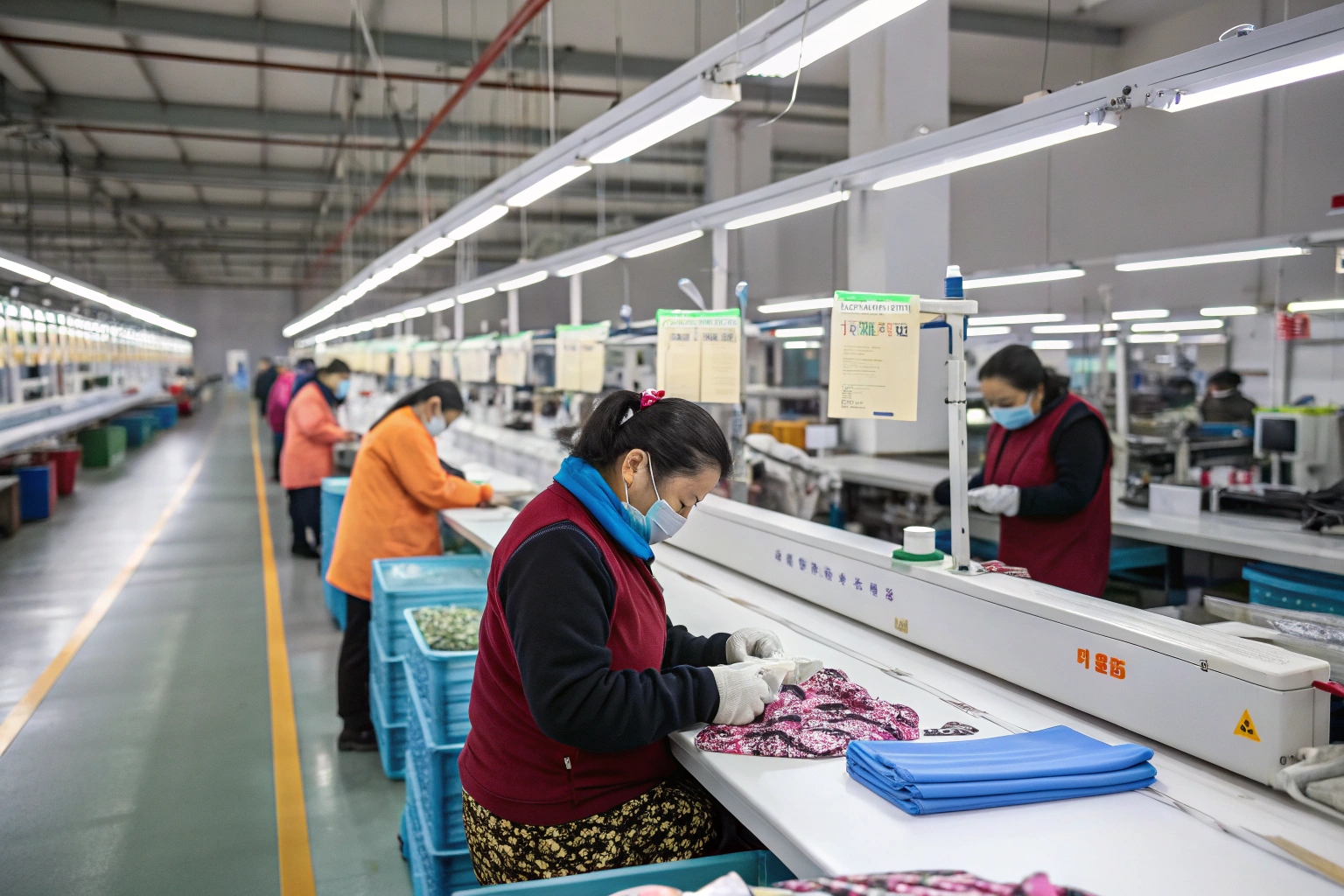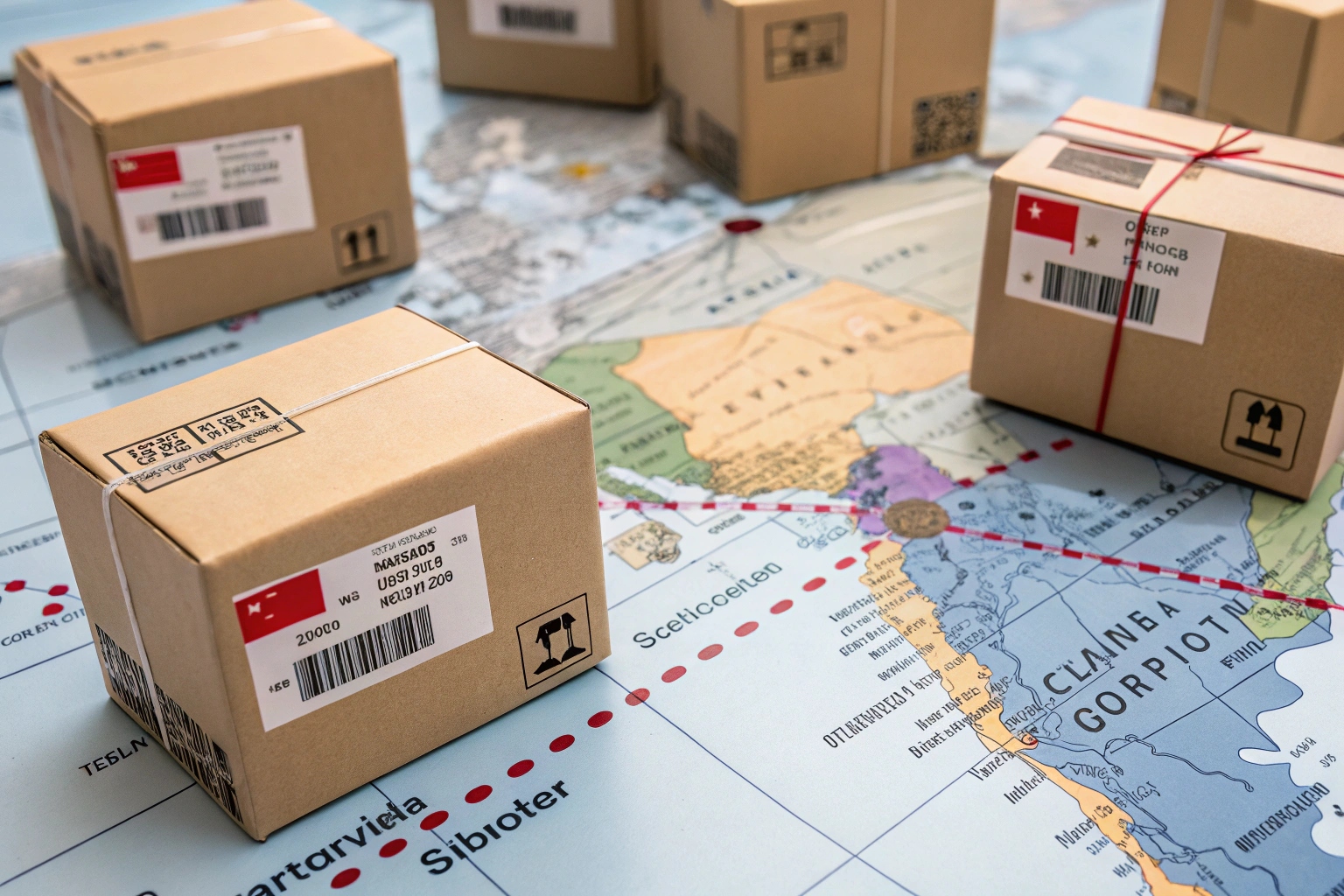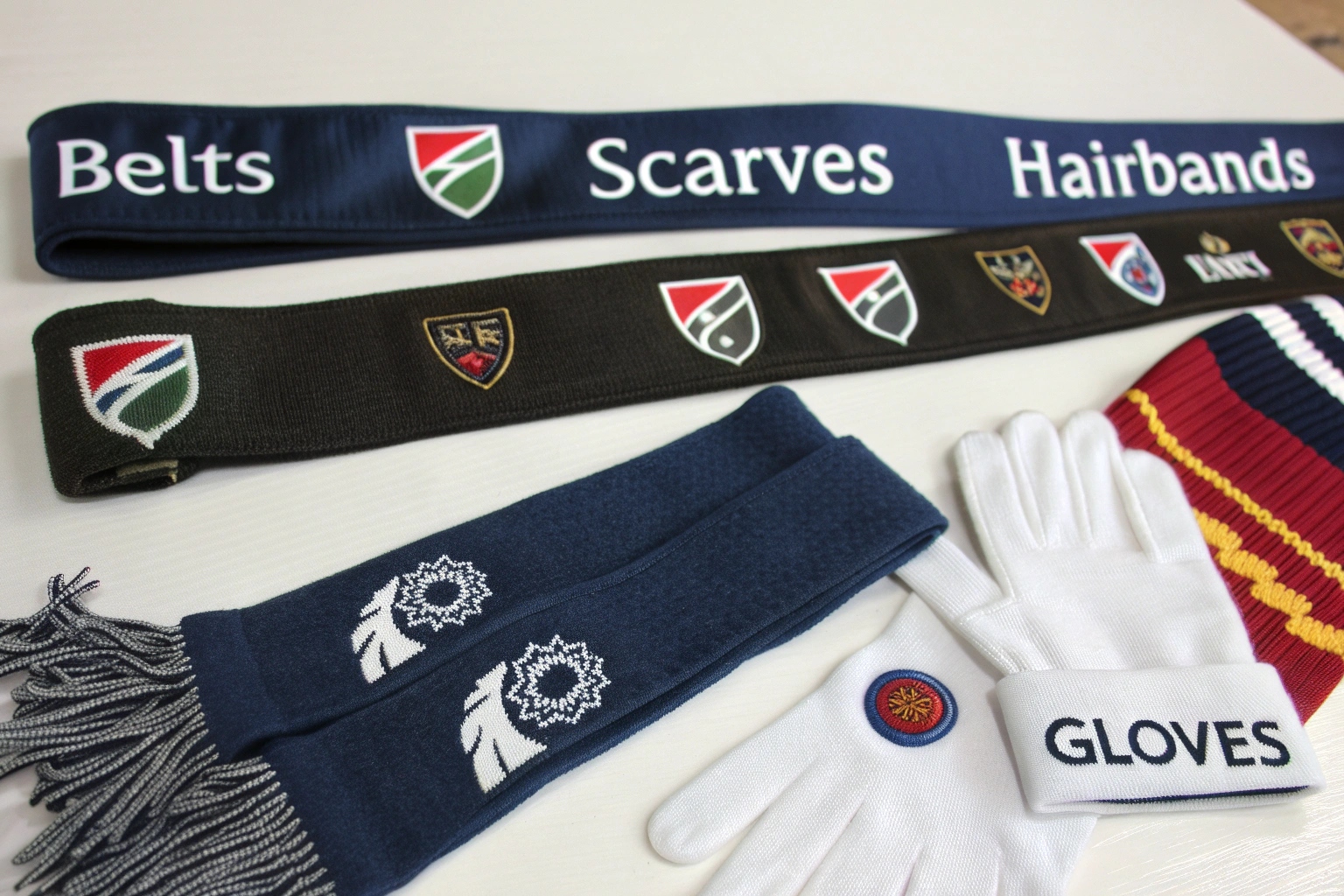Not all factories are ready for the demands of major U.S. retailers—and choosing the wrong one can sink your supply chain before it starts.
Factories experienced in sourcing for U.S. supermarkets meet strict compliance, offer retail-ready packaging, and deliver consistent quality with large-scale logistics support. You need more than just price—you need proven reliability.
At AceAccessory, we’ve supplied to major supermarket chains through both direct and OEM channels. Here’s how to find factories that can meet these standards.
How to find a list of suppliers?
You can’t find experienced factories by Googling “cheap supplier.” You need real sourcing intelligence.
To find a reliable list of suppliers, use global trade data tools, verified sourcing platforms, trade shows, and manufacturer directories focused on U.S. retail supply chains.
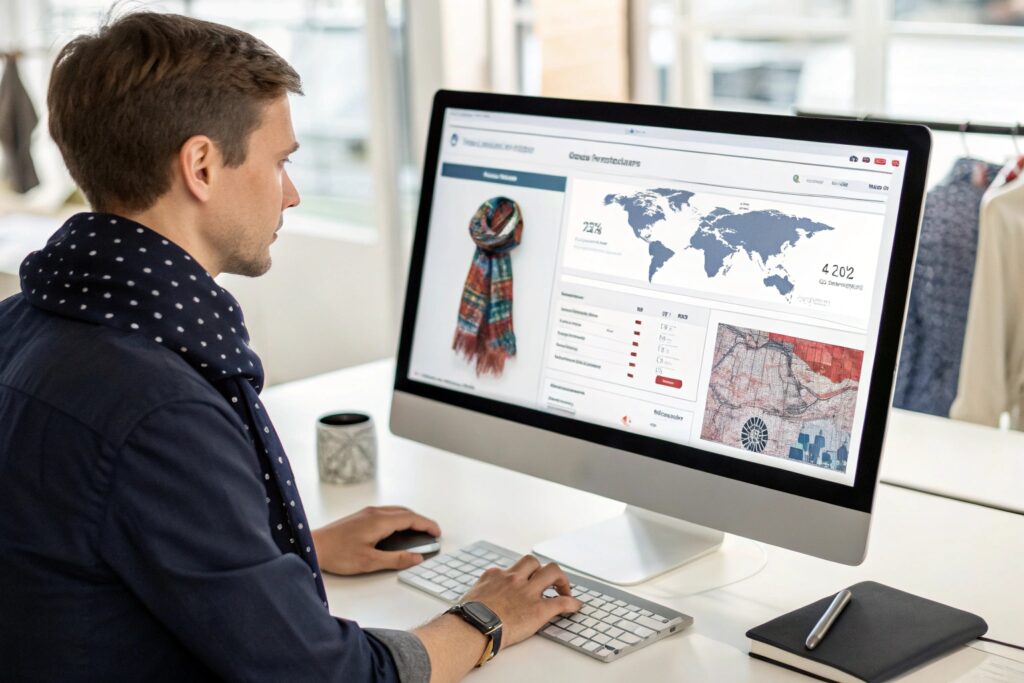
What are the most effective tools for building a qualified supplier list?
Here are four proven methods to build a list of factory candidates with retail experience:
| Method | Tools / Platforms | Benefits |
|---|---|---|
| Trade Data Analysis | ImportGenius, Panjiva, ImportYeti | Find real shipment history to retailers |
| Verified B2B Platforms | Alibaba Gold Supplier, Global Sources Pro | Filter by certifications, US experience |
| Industry Trade Shows | ASD Market Week, Canton Fair | Meet high-volume-ready suppliers |
| Custom Broker / Freight Intel | Ask for referral from logistics partner | Access niche, reliable factory info |
For example, one client used ImportYeti to trace scarf shipments to a major U.S. chain. Our factory showed up in the top five exporters by volume, which gave the buyer confidence to reach out.
Why are trade records and certifications better than search results?
Anyone can look good on a website. But only factories that appear in actual U.S. customs records, with certifications like Walmart Responsible Sourcing, Sedex, or BSCI, can back their claims. Ask for proof of past export orders, retail audits, and sample packaging files. We’re happy to provide these because we know serious buyers want transparency.
How to find a trusted supplier?
Trust isn’t about talk—it’s about track record.
To find a trusted supplier, look for factories with verified customer references, long export histories, consistent QC procedures, and certifications relevant to U.S. supermarket compliance.
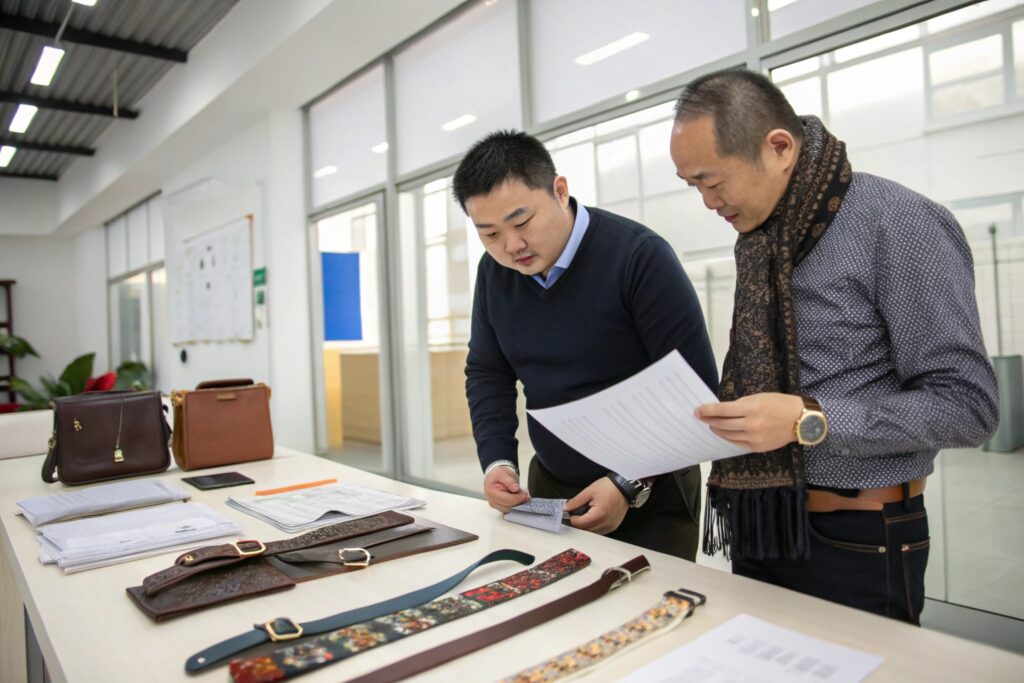
What are the signs a supplier is trustworthy and retail-ready?
Here’s a checklist we give our clients:
- Years in export business (ideally 5+)
- Verified U.S. shipments via customs databases
- Audit reports from Walmart, Target, or Costco programs
- Sample packaging and compliance documents
- On-time delivery rates and QC reports
- Ability to provide DDP or FOB pricing with full docs
A trusted supplier also communicates clearly, offers follow-up after shipment, and understands barcode, UPC, and labeling rules. We’ve had buyers test us with a 5,000-unit scarf order before scaling to 150,000 units based on performance.
How can you test trust with small trial orders?
Start with a controlled trial order:
- 1 or 2 SKUs
- Small volume (2,000–5,000 units)
- Custom packaging mockup required
- Clear QC checklist provided
Then measure:
- Speed of development
- Transparency in quoting
- Sample revisions
- Accuracy in final delivery
We treat small orders as relationship builders—and many of our long-term supermarket clients started that way.
How do retail stores find suppliers?
Big retailers don’t browse for suppliers—they evaluate for scale, compliance, and delivery confidence.
Retailers find suppliers through sourcing departments, long-standing vendor databases, OEM factory networks, and often third-party sourcing agents who pre-vet manufacturers.
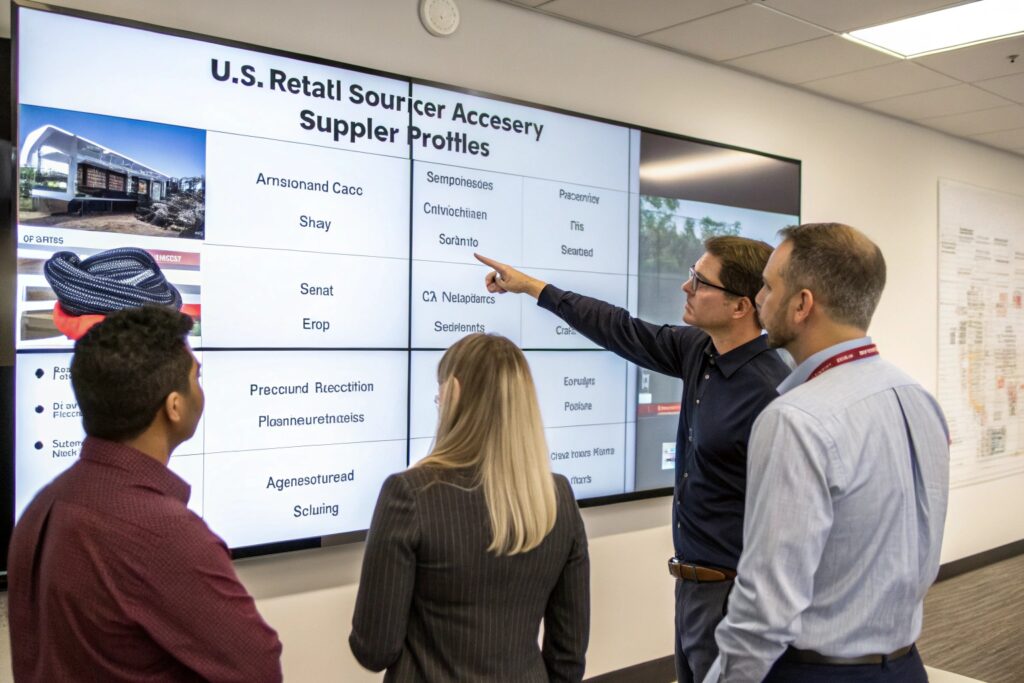
What do supermarkets look for in a factory partner?
Here’s what most U.S. supermarkets require from accessory suppliers:
- Scalability: Can you deliver 100,000+ units on schedule?
- Compliance: WRAP, BSCI, Sedex, or Walmart audit passed
- Labeling: GS1 barcodes, carton markings, shelf display prep
- Packaging: Tamper-proof, bilingual, sustainable (optional)
- Pricing: Stable FOB/DDP pricing with currency hedge support
We’ve adapted our entire factory workflow to meet these standards. For example, we use inspection sheets and pre-shipment testing protocols to mirror U.S. retailer audit guidelines.
How can smaller brands or distributors access the same suppliers?
You don’t have to be a giant to benefit. Many mid-sized buyers work with the same retail-ready factories used by Walmart or Dollar Tree. The key is to:
- Ask the supplier what U.S. chains they’ve served
- Request sample SOPs (Standard Operating Procedures)
- Negotiate volume tiers based on your forecast
We often offer MOQ reduction for new buyers aiming to scale into retail channels later.
How to find where a product is manufactured?
Reverse sourcing helps you understand where competitors get their goods—and who makes them.
To find where a product is manufactured, use HS code trade data, customs record tools, packaging origin labels, or ask the supplier directly if white-labeled.
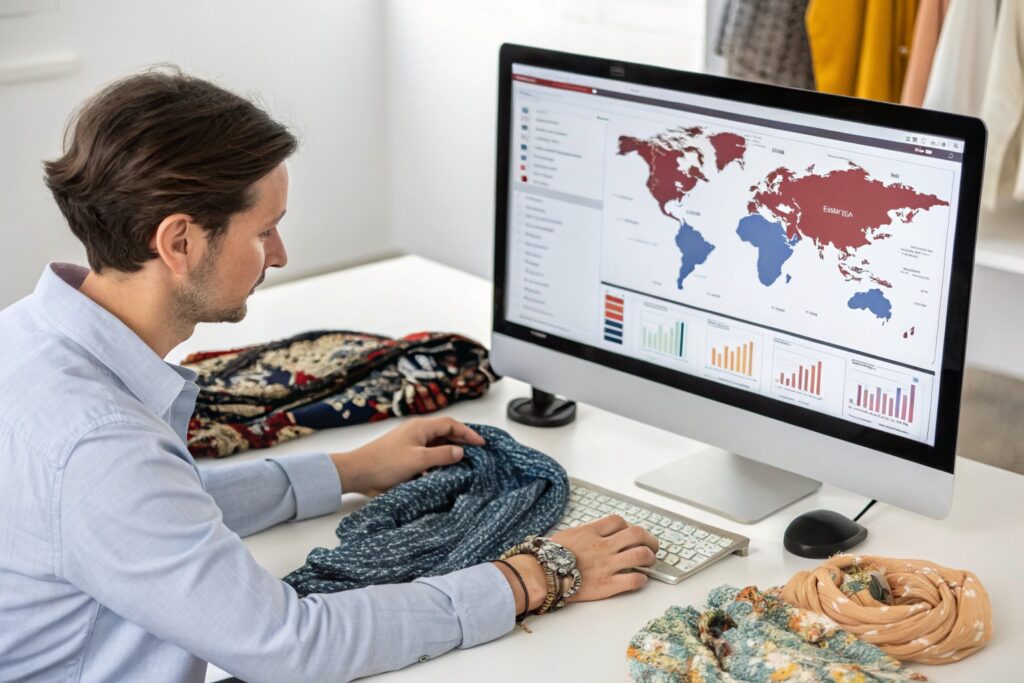
What tools can reveal the real factory behind a product?
Try these tools:
- ImportYeti.com – Search by brand name (e.g., “Target scarves”)
- Panjiva – View shipment logs by importer/exporter
- Google Image Search – Trace packaging visuals back to source
- Barcode/GS1 databases – Track brand ownership and source links
One of our European buyers used an HS code lookup to find top scarf exporters to the U.S. They spotted us in that list and asked for references. Our track record helped close the deal quickly.
What’s the difference between a trading company and a real manufacturer?
Trading companies often list many products with no photos of equipment, workers, or factory address. Real factories like ours offer:
- Factory audit photos
- QC team profiles
- Videos of production flow
- Staff certifications
We always recommend clients do virtual or in-person factory tours before confirming large orders. Trust starts with transparency.
Conclusion
To find factories experienced with U.S. supermarkets, you need more than a product catalog—you need data, references, and retail-readiness. When you choose right, your brand grows with fewer surprises and better margins.

